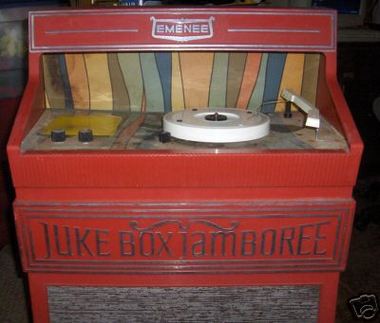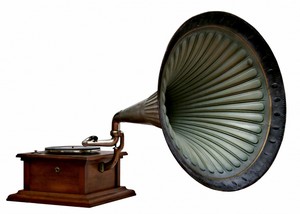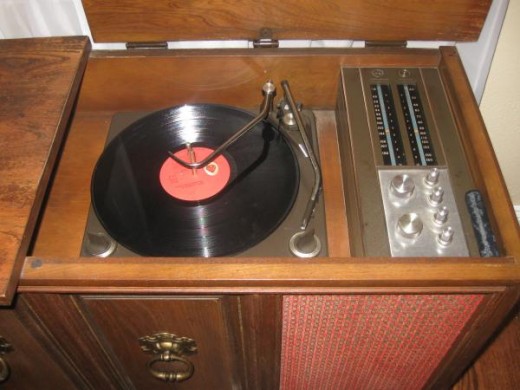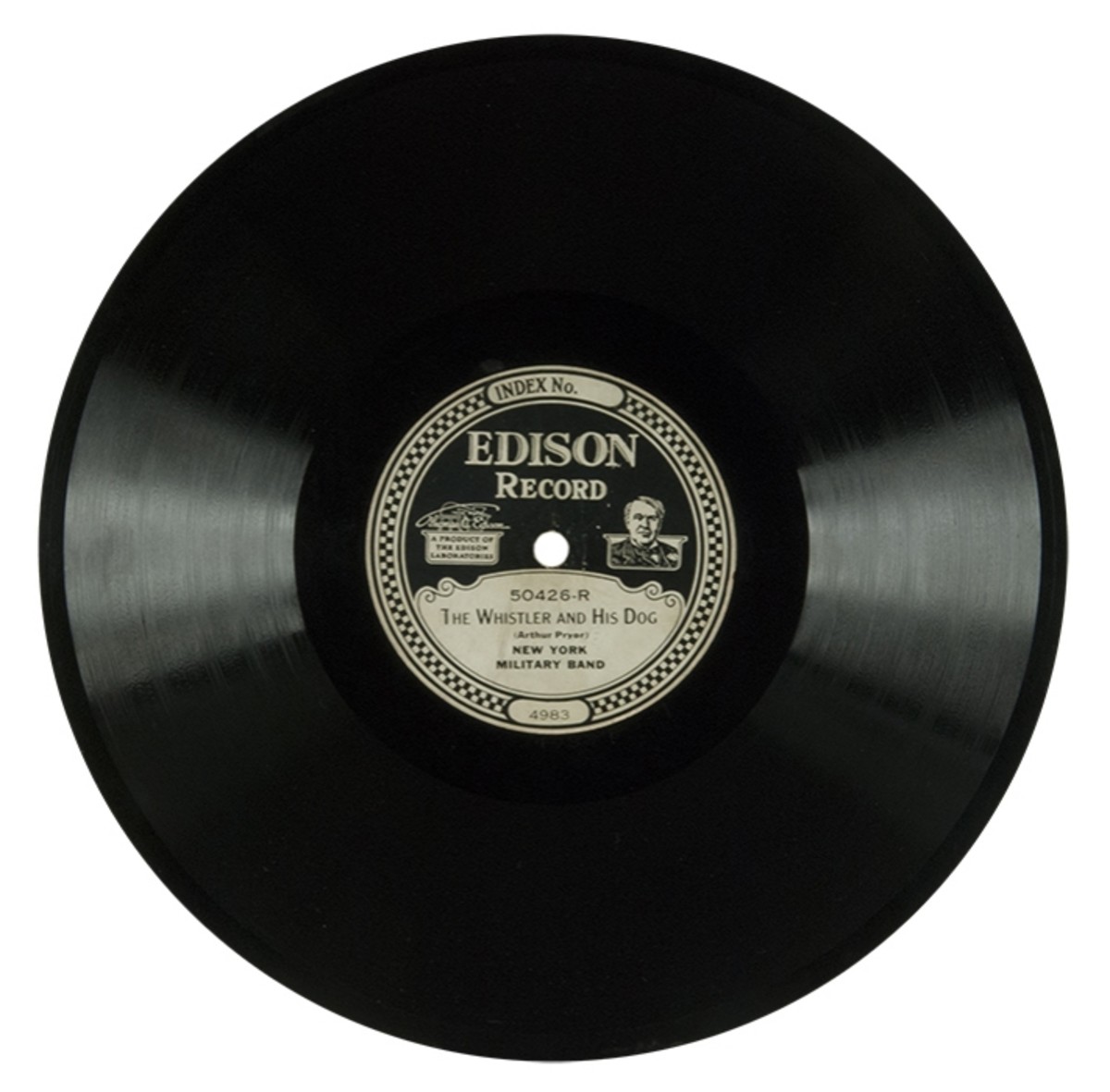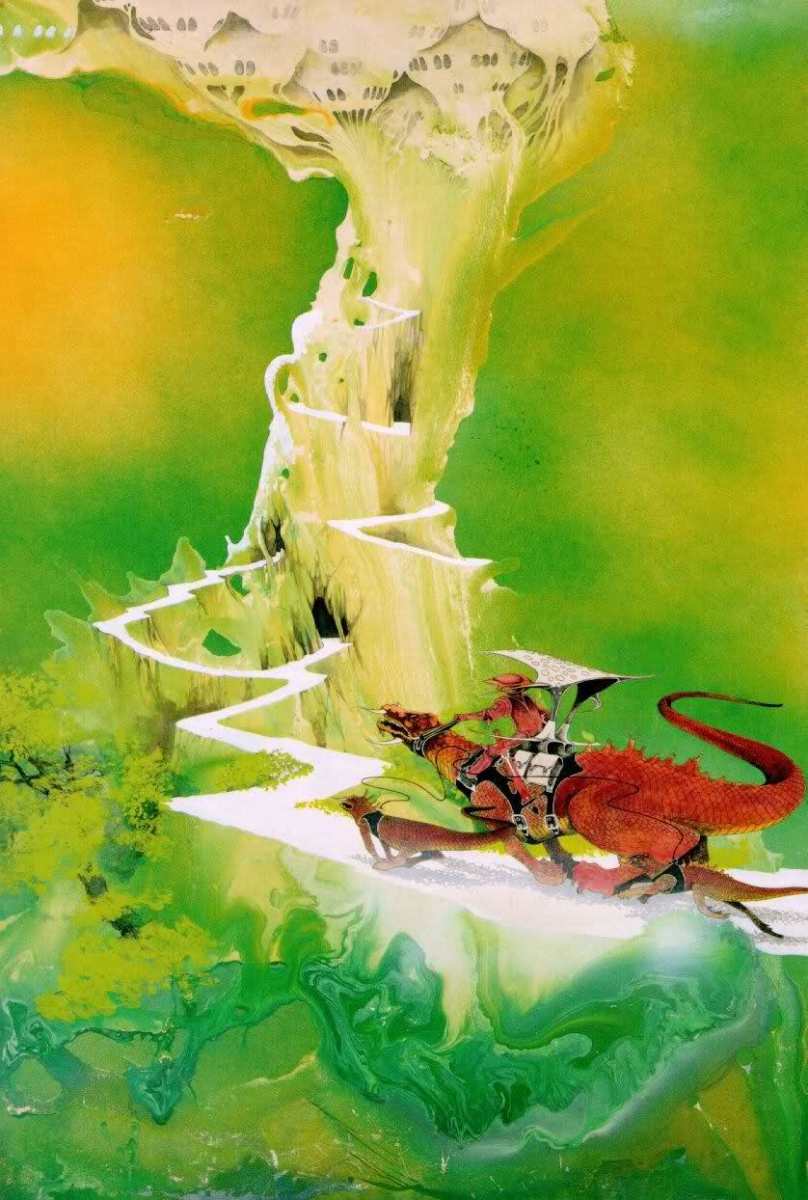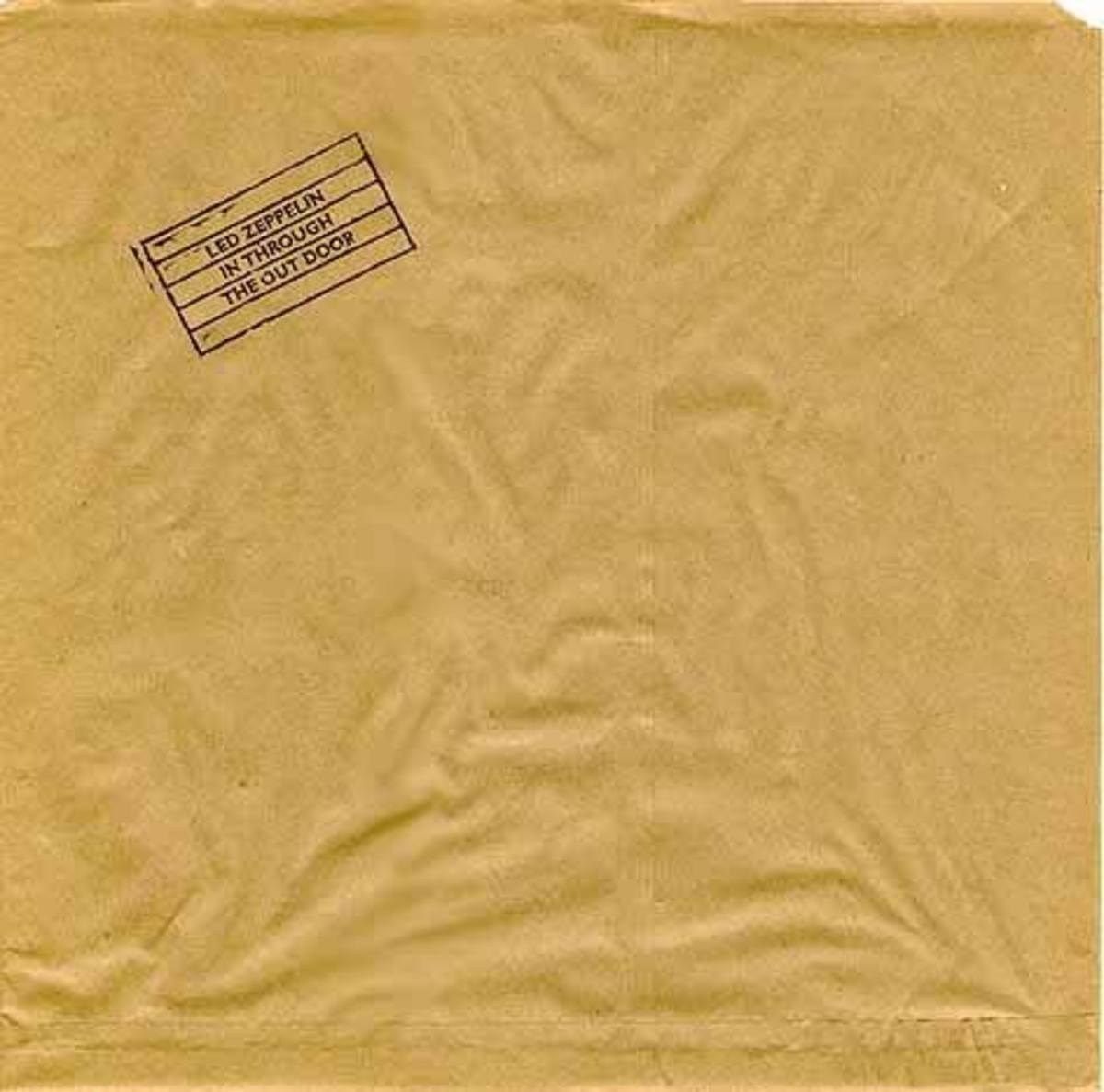The Evolution of Recording and Playing Music.
Phonograph
Click thumbnail to view full-size
From Cylinders to Vinyl to CD's and More...
The 1800's brought about the recording and reproducing of sound. The first known device that could record airborne speech, music, and other sounds is the phonautograph patented in 1857 by a Frenchman named Edouard-Leon Scott de Martinville. He was a typesetter and inventor. With this device, sound waves traveling through the air would vibrate a piece of parchment diaphragm linked to a bristle. The Bristle would trace a line through a thin coating of soot on the sheet of paper wrapped around a rotating cylinder. The sound vibrations would be recorded onto the traced lines. This device was strictly for the experimentation of recording the sound, not reproducing sound.
The Phonograph or Gramophone was first introduced in 1877. Wavy lines engraved, etched, or grooved onto a cylinder or disc rotated as a needle traced the lines and vibrated the sound. Heard of Thomas Alva Edison? It is recorded that in 1878 the first patent was awarded to Edison for the creation of the phonograph. At the time other inventions were still created that could only record sound but not reproduce it. With all this going on, Edison was experimenting with wax coated paper and tin foil to see which recorded and reproduced sound the best. He decided he liked the tin foil as a recording medium. While Edison was experimenting so was Alexander Bell and Emile Berliner. Bell came up with a wax coated cardboard cylinder and a cutting stylus that zig zagged from side to side across the cylinder to reproduce sound. Emile Berliner created a gramophone record disc instead of the cylinder. It was a flat double sided disc with a spiral groove that began at the edge of the disc and ended at the middle of it. Through the 20th century the gramophone was the dominant device for recording and reproducing sound.
With these inventions coming out, the public was introduced to them and phonograph parlors came about. In May 1889 the first parlor opened in San Francisco. For a nickle a customer could sit at a desk and speak their request through a tube. The request would travel down the tube to the phonograph and the song would be played. With the 1890's the phonograph parlors became very popular and almost every major American city had one. Other machines in the parlors could be wound after a coin was put in to allow music to play. It was the first juke box of its kind. William S. Arnold and Louis T. Glass came up with the idea of mass reproduction of the records so parlors could have a wide selection to choose from. The duplication process would create 90 to 150 copies. To record the copies, the artist would sing their song up to 20 or more times a day, getting about 10 to 20 cents a recording. The songs would get recorded onto a cylinder and reproduced onto a disc.
By this time people wanted one of their own. In 1885 patent applications were filed and people to invest in the machines were sought after. The Volta Gramophone Company was born January 6th 1886 and incorporated February 3rd 1886. The companies purpose was to control the patents and to handle the commercial development of the inventions. American Graphophone Company was created by a group of Philadelphia businessmen in 1887 and they merged with Volta and grew into Columbia Records. Throughout these times the cylinder and the disc were in competition with each other. The cylinder produced great sound while the disc was cheaper to produce and sell but did not produce great sound.
Although the disc did not produce great sound it was ahead of the cylinder in 1892 to Edison's dislike. Emile Berliner began his commercial production of the disc records starting with 5 inch discs that only recorded on one side. Seven inch records followed in 1895. The sound quality again being poor, was modified by Eldridge R. Johnson to the point of being as good a quality as the cylinder. In 1901 10 inch records were marketed by Johnson and Emile Berliner's Victor Talking Machine Company. Berliner sold his interests satisfied with what he had accomplished. 1908 brought about the double sided record because the public desired it. Cylinders were still giving discs a little competition but were finally phased all the way out by 1929. Out of Berliner's disc record came the 78, 45, and 33 1/3 rpm records.
In the 1920s the radio was born and went public, which caused a huge financial ruin for the creators of the phonograph and disc. Console radios with automatic record changers were popular in the 40's, while the 60's gave way to the cheaper more portable record players. The record player was even tried out in automobiles but quickly phased out by the 8 track and cassette tape players. With cassette tape players came the portable radio and the walk man with headphones so people could take their music with them wherever they chose to go. These devices would run on D batteries, AAA or AA batteries. In the 70's one could purchase a record console player for $1000.00 with the turntable being about $200.00. Even though the radio was popular and here to stay, people still wanted something to call their own. The cassette tapes and players were very popular in the 80's and were being phased out by the CD. Records and record players evolved into CD's by the 1990s. CD's were cheaper to reproduce and the CD player played with good quality sound that produced no pops from scratches as records and their players did. The CD players and CD's are still popular today, but are slowly being replaced with things like the I POD and MP3 players. These devices hold anywhere from 50 to 5000 songs. It just depends on what a person can afford these days with the booming technology and falling economy.
With technology booming, people still look for a little nostalgia and seek out old phonographs, records, record players, 8 tracks and cassette tapes and their players. The older the better, and sometimes the more expensive. It's funny how technology evolves quickly, but early inventions are still around and very functional to this day. Although records make pops from the scratches they have on them, there is nothing like listening to your favorite one and letting it take you back to special memorable days. Craftsmanship was the biggest part of the phonographs, Victrolas, record players and their consoles. Yes, they were reproduced, but a company would make so many with really unique designs, customized especially to fit the needs of the customer. They were made from real wood and metal and took longer to produce and were not made on an assembly line like today's music players.
For all of you who enjoy music, and the history of recorded and reproduced sound, I hope this article was enlightening and informative. Thank you for reading.
Console Record Player
Click thumbnail to view full-size
Juke Box
